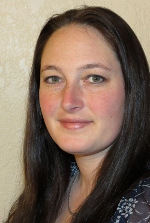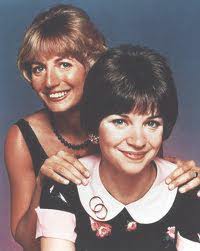|
Spring Equinox nigh ... so why's it
still snowing? |
|
March 17, 2012 |
 |
| By Jen Hill |
More then 4,500 years ago, tribes, hamlets,
villages and cities across the northern
hemisphere were preparing celebrations in
recognition of the Vernal Equinox. For some, it
marked the beginning of a new year, the
impending planting season or the return of their
Gods' favor.
Thoughout history the Spring Equinox has been
known by many names. No Ruz – Iranian – meaning
the arrival of spring. Alban Eilir –
Welsh/Brythonic/Druidic – meaning Vernal
Equinox. Ostara (Eostre) – Anglo-Saxon and
Wiccan – the Goddess of Spring, light fertility;
the bringing of rebirth and renewal.
During the
Equinox festivals, feasts, sacrifices and
celebrations were held.
 |
|
It's the
Spring Equinox ... know whut I mean,
Vernal? |
In 45 B.C. Julius Caesar placed the Vernal
Equinox on March 25. It was later adjusted to
March 21, when Pope Gregory XIII created the
Gregorian calendar, the calendar we use today.
The Vernal Equinox is important in determining
the date for Easter. In 325 A.D., the First
Council of Nicaea was held and the basic rules
for Easter were set. In 1582 Pope Gregory XIII
introduced the Gregorian calendar and decreed
the date Resurrection Day (Easter) would fall
was the first Sunday after the full moon
following the Northern Hemispheres Vernal
Equinox.
This year the first day of spring is on March
20, according to my calendar.
The Vernal Equinox means the sun crosses the
equator toward the relevant hemisphere and can
fall anywhere from the 19th to the 22nd.
 |
|
LaVernal &
Shirley |
There are a couple reasons this happens. First
of all, the Earth doesn't rotate around the sun
in exactly 365 days nor perfectly straight on
its axis. A calendar year is 365 days, or 366
days during a leap year.
However a solar year is how long the Earth takes
to make on complete revolution around the sun
measured from one Vernal Equinox to the next; or
365.2425 days.
Julius Caesar originally introduced the idea of
a Leap Year and it was later refined by Pope
Gregory XIII.
Time zones also have an affect on the date of
the Equinox. This year the exact time of the
Equinox is 5:14 UTC (Universal Time
Coordinated), March 20.
So in Bonners Ferry the exact time of the
Equinox will be 10:14 p.m. Monday, March 19.
However if you lived in New York the exact time
would be 1:14 a.m. March 20.
On Monday we still celebrate the Spring Equinox.
The first Earth Day was celebrated on March 21,
1970, and later changed to be globally
recognized on April 22.
Locally, the Boundary County Farm Bureau
recognizes the first baby born in the area after
the first day of spring as Boundary County's
Ag Baby of the Year.
So, with spring officially here March 20, we can
expect to see newborn animals and to hear the
chirp of hatched baby birds. It's also the time
of year for fresh blooms, warmer weather and
more daylight!
If only it would stop snowing.
 |
| On the
equinox, night and day are nearly
exactly the same length – 12 hours – all
over the world. This is the reason it's
called an "equinox," derived from Latin,
meaning "equal night." However,
even if this is widely accepted, the
equinox isn't entirely true. In reality
equinoxes don't have exactly 12 hours of
daylight. The March equinox occurs the
moment the sun crosses the celestial
equator – the imaginary line in the sky
above the Earth’s equator – from south
to north. "Vernal" comes from the Latin
"vernalis," meaning "of the spring.
"This happens either on March 19, 20 or
21 every year. On any other day of the
year, the Earth's axis tilts a little
away from or towards the Sun. But on the
two equinoxes, the Earth's axis doesn't
tilt neither away from nor towards the
Sun, as the illustration shows. |
|
|
|
|
|

